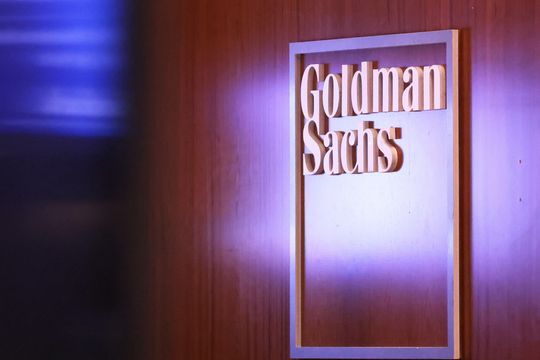Steeper prices for corporate debt have been shaping the market for mergers and acquisitions
High interest rates now being offered for the safest types of corporate debt are both a motivator and a hurdle for deals, with different paths forward for buyers and sellers, investment specialists said recently.
Companies faced with debt-heavy balance sheets may be more motivated to agree to a private-equity buyout or other deal, partly because of slack demand for riskier types of debt under current lending conditions.
It’s also more expensive for buyers either from the corporate world or the private-equity universe to buy companies, due to higher interest rates on debt.
“It’s very hard to make a leveraged buyout work … at those rates of borrowing, [but] it doesn’t mean it can’t work,” said Greg Olafson, co-president of alternatives at Goldman Sachs Asset Management, which handles alternative investments outside of traditional stocks and government bonds for Goldman Sachs Group Inc. GS, -0.14%.
Speaking Monday at a media roundtable on the firm’s 2023 investment outlook, Olafson said the firm sees private credit as one of the more fruitful of the firm’s six direct avenues of investment: private equity, growth equity, private credit, infrastructure, real estate and sustainability.
Borrowing costs for private-equity firms have often climbed to 700 to 750 basis points over the benchmark federal-funds rate, up from 500 to 550 basis points previously.
“You’re getting paid well to be a lender nowadays,” he said.
Ashish Shah, chief investment officer, public investments, said overall lending activity will continue to drop from the bull-market years before 2022 but noted that investment-grade financing remains available to acquirers.
“It may not be as sizably open as it had been, but those buyers are still very much in the ability to finance transactions that are accretive,” Shah said. “I think what you’ll see is, actually, value creation go the opposite direction, where smaller companies that have worse credit quality get taken out by larger companies, particularly where they have strategic value.”
One example of this trend is the $2 billion acquisition of Ahern Rentals Inc. by United Rentals Inc. URI, -2.17% earlier this week.
The deal came after Ahern Rentals withdrew a $550 million distressed-debt exchange in late August that offered public-bond investors an interest rate of 7.375%.
United Rentals on Wednesday successfully placed $1.5 billion of first-lien debt due in 2029 to finance its Ahern Rentals acquisition, according to a report by LevFin Insights. The 6% notes priced at par, the report said.
Neither United Rentals nor Ahern Rentals replied to emails from MarketWatch asking whether Ahern’s scrapped debt deal helped spark the tie-up between the two rental companies.
Eric Rosenthal, senior director of the leveraged-finance group at Fitch Ratings, said Ahern Rentals had topped the debt-research firm’s list of probable defaults prior to URI’s acquisition deal.
“It’ll be interesting to see if Ahern was a one-off or if there will be more deals like this that have been trending toward default on their debt,” Rosenthal said.
Overall, CCC or junk-rated debt deals have been few and far between in 2022, but the transactions that have gotten done averaged about 8.4% interest this year, up from about 6.9% in the corresponding year-to-date period in 2021.
Maria Vassalou, co-chief investment officer, multi-asset solutions, said high inflation, slowing growth and rising interest rates present a challenging climate for investing.
“To be able to manage this situation, we need to be dynamic and therefore … a passive of any type [of investing] does not really work,” Vassalou said. “That also means that during this very high[ly] volatile market that we’ve seen … there were a lot of dislocations, and dislocations create opportunities for stock selection and security selection.”
Overall, Goldman currently has about $432 billion of alternative investments under supervision, with the direct-alternatives business accounting for more than $220 billion of that.
Goldman counts more than 1,000 investors in 17 countries in its alternatives business.
Olafson said the team at Goldman expects this year’s major trends of rising interest rates, uncertain economic conditions, heightened geopolitical risk and valuation volatility to continue in 2023.

